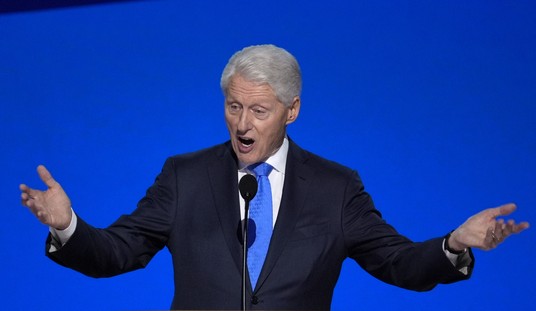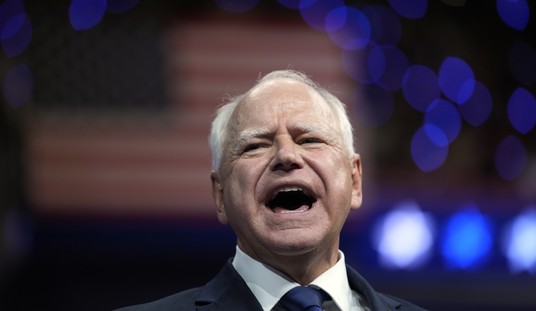What better business plan could there be in an age where consumers are strapped for cash and expect their entertainment platforms to be simpler than ever?
The company’s stock was the single worst performer in the S&P 500 last week, down 24 percent. Total number of customers expected to depart over the price change: One million — this quarter.
Over the summer, Netflix angered customers by splitting its popular DVD-by-mail and unlimited-streaming package into two separate services—and by charging what amounts to a 60% price hike for customers who wanted to keep the same services. Once the price changes took effect, it was evident that Netflix subscribers were fleeing, and the stock price tanked. Now, there are more big changes happening at Netflix, though no new price hikes (yet)…
The big news is that the service you originally got to know as Netflix—DVD by mail—isn’t going to be called Netflix anymore. It’ll be called Qwikster, and it’ll be a completely separate business from Netflix—which will become strictly a streaming operation.
When Hastings says the businesses will be separate, he really means it. They’ll have separate websites, and if you subscribe to both services, you’ll need to manage your queues separately. If you rate or review a movie at Netflix, it won’t show up at Qwikster, and vice-versa. On your credit card statement, you’ll be billed separately by Qwikster and/or Netflix.
Just read this cartoon and all shall be explained. Then watch the non-apology apology vid below, in which CEO Reed Hastings says sorry for pretty much everything except the new prices and extra hassles for hybrid users. Presumably this guy will be making his own version of those Domino’s “yes, we were idiots” ads before too long. One question lingers, though: Is Netflix doing this because it wanted to or because it had to? An interesting theory from Bill Gurley at Above the Crowd:
So here is what I think happened with Netflix’s recent price change (for the record, I have no inside data here, this is just an educated guess). Netflix has for the past several years been negotiating with Hollywood for the digital rights to stream movies and TV series as a single price subscription to users. Their first few deals were simply $X million dollars for one year of rights to stream this particular library of films. As the years passed, the deals became more elaborate, and the studios began to ask for a % of the revenues. This likely started with a “percentage-rake” type discussion, but then evolved into a simple $/user discussion (just like the cable business). Hollywood wanted a price/month/user.
This is the point where Netflix tried to argue that you should only count users that actually connect digitally and actually watch a film. While they originally offered digital streaming bundled with DVD rental, many of the rural customers likely never actually “connect” to the digital product. This argument may have worked for a while, but eventually Hollywood said, “No way. Here is how it is going to work. You will pay us a $/user/month for anyone that has the ‘right’ to connect to our content – regardless of whether they view it or not.” This was the term that changed Netflix pricing.
With this new term, Netflix could not afford to pay for digital content for someone who wasn’t watching it. This forced the separation, so that the digital business model would exist on it’s own free and clear. Could Netflix have simply paid the digital fee for all its customers (those that watched and not)? One has to believe they modeled this scenario, and it looked worse financially (implied severe gross margin erosion) than the model they chose. It is what it is.
Costs are fixed on the DVD side of the business because law provides that once you own a disc you can rent it as much as you like. Not so with streaming content, which has to be licensed. And needless to say, the more customers the streaming side of the business has, the bigger the piece that Hollywood wants. If Gurley’s theory is right, Netflix is essentially a prisoner of its own success; the “hybrid” users used to pay 10 bucks a month for DVDs and got the streaming service more or less for free, but as that customer base grew, so did the cost of streaming. Netflix’s solution, then, was a, er, “balanced approach” replete with cuts (service cuts, that is) and new revenue raisers in the form of a price hike. This is what austerity looks like, my friends.
Read Megan McArdle for more on how Netflix’s big mistake was conditioning users to expect a free-ice-cream model that was never sustainable as streaming grew in popularity. Three questions to ponder. One: If Gurley’s right about Netflix being squeezed by content providers, why didn’t Hastings just say so in the video? Explain the economics of copyright and Hollywood’s demand for more of the pie. As it is, customers think Netflix HQ is simply trying to soak them. Two: Now that streaming is here to stay, how long will it be before we see attempts to reform the law governing content licensing to bring it more into line with the law governing fixed media like DVDs? All the cheap streaming new releases you can handle are just a few congressional copyright lobbyists away! Three: Does anyone actually like Netflix’s library of streaming-only content? As NBC notes, there are almost no recent top-shelf movies. In fact, in my experience, the online service is good for exactly two things: Film classics that you’ve been meaning to watch forever but never got around to seeing and drunken nostalgia trips where you queue up a season of “Fat Albert” or “Family Ties” or whatever and count how many beers it takes before you find those shows enjoyable again. Not even worth eight bucks a month, really.








Join the conversation as a VIP Member